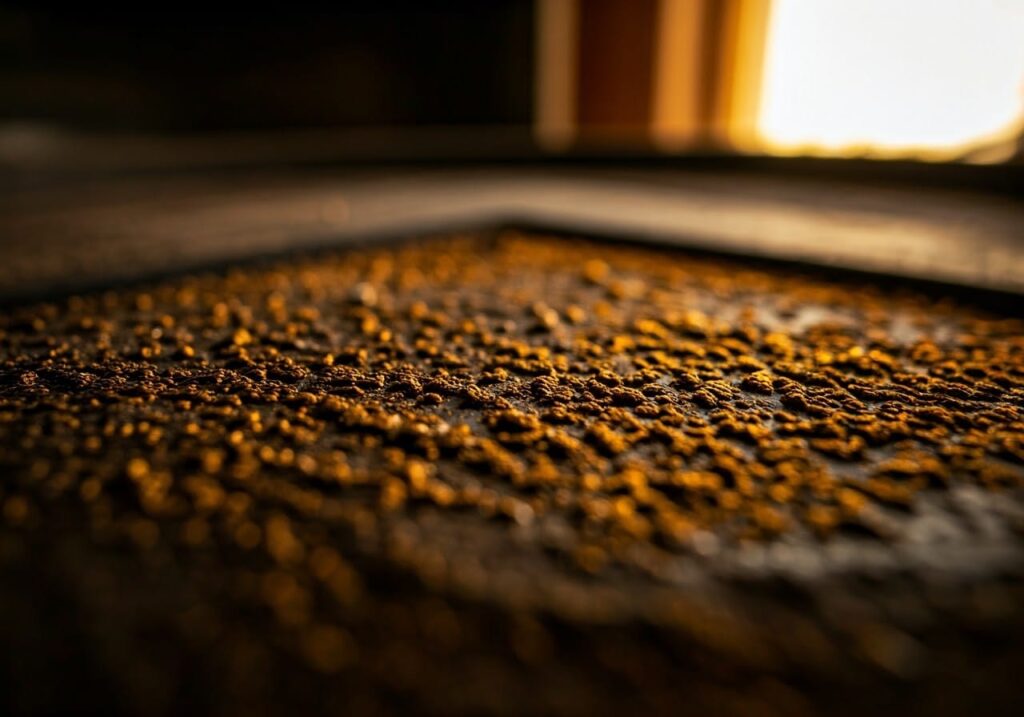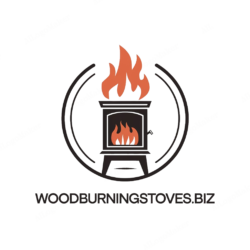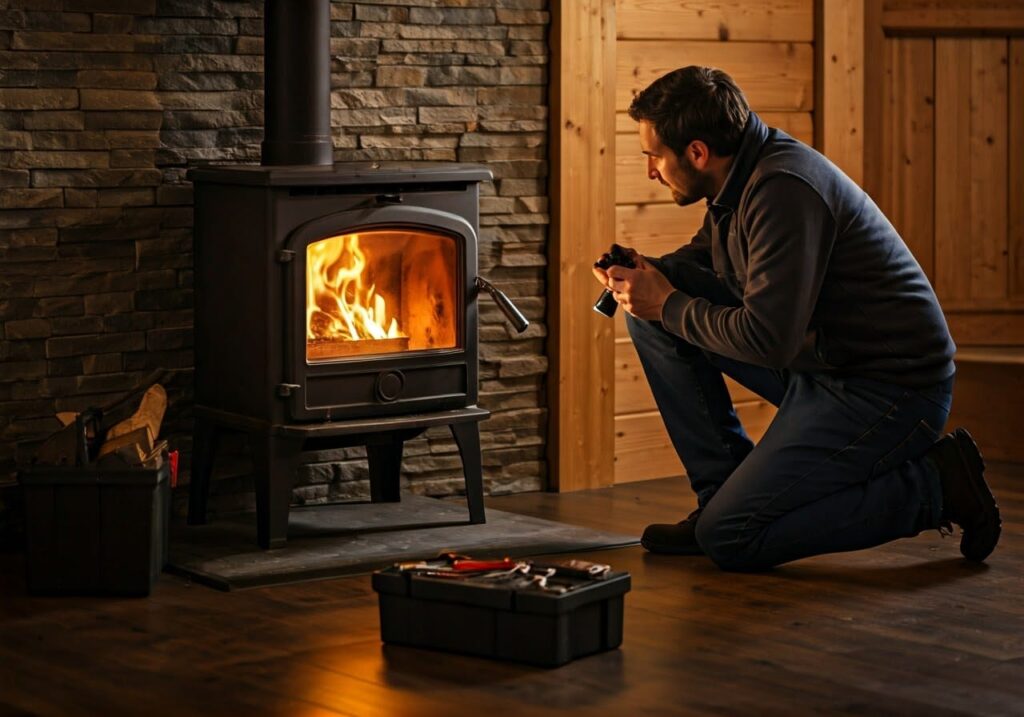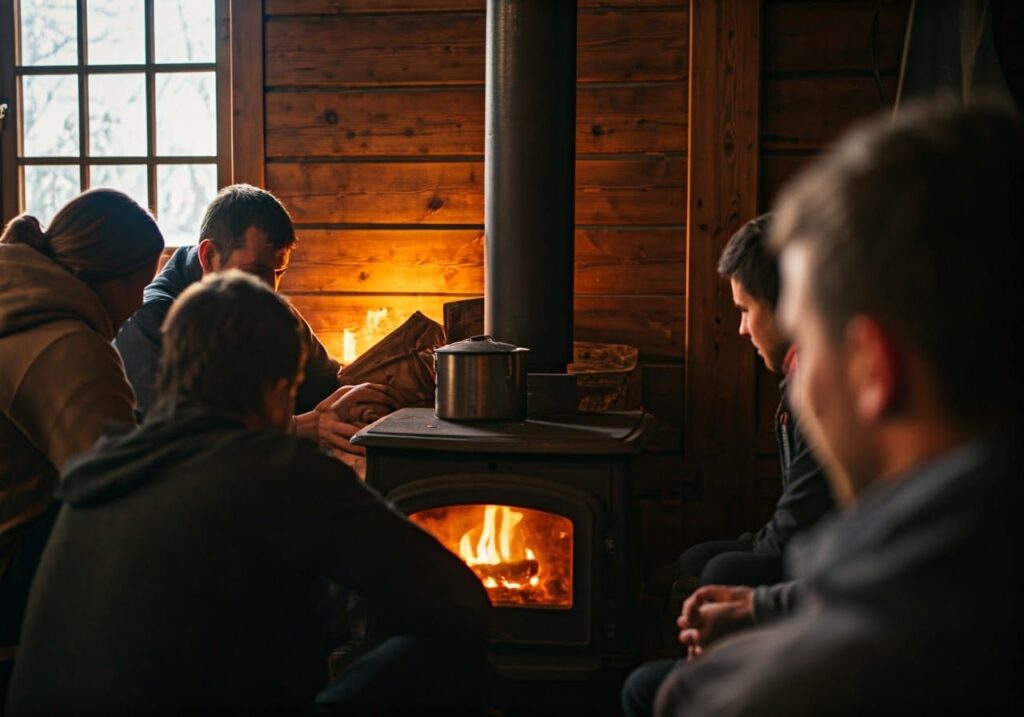
Understanding and Addressing the Issue for a Safer, More Efficient Burn
Creosote buildup in wood stoves is a pervasive concern, posing risks to both the efficiency of your heating system and your home’s safety. Excessive creosote can lead to chimney fires, reduced stove performance, and increased maintenance costs. In this in-depth guide, we’ll explore the common causes of excessive creosote buildup in wood stoves and provide actionable advice on how to mitigate this issue.
Understanding Creosote Buildup
Creosote is a byproduct of incomplete wood combustion, resulting from burning wood that is not fully dried or from insufficient airflow within the stove. This tar-like substance accumulates on the stove’s interior, chimney, and flue, potentially causing severe problems.
Common Causes of Excessive Creosote Buildup
1. Burning Wet or Green Wood
| Moisture Content | Creosote Buildup Risk | Description |
|---|---|---|
| >20% | Very High | Wood is damp to the touch; significant creosote accumulation. |
| 15%-20% | High | Wood feels cool to the touch; noticeable creosote buildup. |
| 10%-15% | Moderate | Optimal burning range; some creosote, but manageable. |
| <10% | Low | Wood is dry; minimal creosote, clean burn. |
- Cause: Burning wood with high moisture content.
- Solution:
- Use a Wood Moisture Meter.
- Ensure Wood is Seasoned for 6 Months to 1 Year.
- Store Wood Properly: Protected from elements, with airflow.
2. Inadequate Airflow and Draft
- Cause: Insufficient airflow for complete combustion.
- Solution:
- Verify Chimney Height: Ensure it’s at least 3 feet taller than nearby structures.
- Check for Blockages: Inspect and clean the chimney annually.
- Adjust Air Vents: Ensure proper airflow during burning.
3. Infrequent Stove and Chimney Cleaning
- Cause: Failure to regularly clean the stove and chimney.
- Solution:
- Weekly Quick Clean: Ash removal and wipe-down.
- Monthly Deep Clean: Focus on vents and chimney inspection.
- Annual Professional Inspection and Cleaning.
4. Incorrect Stove Installation
- Cause: Improper stove or chimney installation.
- Solution:
- Consult a Professional: For a thorough assessment.
- Correct Any Installation Issues: Ensure compliance with local building codes.
5. Burning Unseasoned or Treated Woods
- Cause: Burning wood that has been treated with chemicals or is unseasoned.
- Solution:
- Only Burn Seasoned, Untreated Woods.
- Avoid Burning: Pressure-treated wood, plywood, or composite materials.
Step-by-Step Guide to Reducing Creosote Buildup
Audit Your Wood Storage and Combustion Habits
Evaluate your firewood storage methods and burning practices to identify potential contributors to creosote accumulation. Ensure well-seasoned, dry wood is used, as it produces less smoke and residue.
Actionable Improvements for a Creosote-Limited Environment
Implement adjustments based on your audit findings to minimize creosote formation. This proactive approach will significantly enhance your wood stove’s overall efficiency and safety.
Proactive Creosote Management Schedule
Regularly inspect and maintain your wood stove to detect early signs of creosote buildup. This routine will help prevent chimney damage, reduce the risk of fires, and maintain optimal stove performance.
Enhancing Your Wood Stove Experience: Additional Best Practices
- Stove Performance Monitoring: Periodically inspect for visual indicators of creosote accumulation, such as soot, smoke, or an unpleasant odor.
- Maintenance Record-Keeping: Log all cleaning, inspection, and repair activities to track your stove’s history and stay on top of upkeep.
- Stove Upgrade Consideration: If your current model is outdated or frequently troublesome, consider upgrading to a more efficient, creosote-reducing wood stove design, which can significantly improve your overall heating experience.
Expert Insight
“Preventing creosote buildup is far more effective than dealing with its aftermath. Season your wood properly, maintain your stove diligently, and ensure adequate airflow for a safer, more efficient burn.”
— David Lee, Wood Stove Safety Specialist
Troubleshooting Checklist
| Issue | Solution |
|---|---|
| Visible Creosote on Stove or Chimney | Check wood moisture, ensure proper draft, and clean the stove and chimney. |
| Reduced Stove Efficiency | Inspect for creosote buildup, ensure adequate airflow, and consider wood quality. |
| Strong Smell of Creosote | Verify proper ventilation, check for blockages, and assess wood burning practices. |
| Chimney Fires or Near Misses | Immediately consult a professional, ensure proper stove and chimney maintenance. |
Conclusion
Excessive creosote buildup in wood stoves poses significant risks to both efficiency and safety. By understanding the common causes and implementing the solutions outlined in this guide, you can effectively mitigate this issue. Remember, proactive maintenance and responsible wood burning practices are key to troubleshooting a creosote-free, warm, and safe home.


